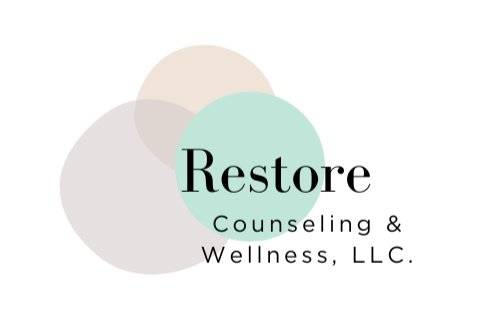Healing That Goes Deeper: What EMDR Can Do for You
What Is EMDR—and How Can It Help You Heal?
If you’ve been feeling stuck in anxiety, memories, or emotional pain that just won’t go away—no matter how much you talk about it—you’re not alone. For many people, trauma and overwhelming experiences can leave behind emotional wounds that live in both the mind and the body. That’s where EMDR therapy comes in.
What Is EMDR?
EMDR stands for Eye Movement Desensitization and Reprocessing. It’s a powerful, research-backed therapy that helps people heal from traumatic experiences, distressing memories, and even long-held beliefs about themselves.
Unlike traditional talk therapy, EMDR doesn’t require you to go into great detail about what happened. Instead, it helps your brain reprocess difficult memories in a safe, guided way—so they stop feeling so emotionally charged.
How It Works
When something traumatic happens, your brain sometimes gets “stuck” in that moment. The sights, sounds, thoughts, and feelings can loop in your nervous system and trigger stress responses, even years later.
During EMDR sessions, your therapist will guide you through a process that includes bilateral stimulation—like eye movements, tapping, or sounds—while you recall specific memories. This activates your brain’s natural healing process and helps move the memory from “fight-or-flight” mode into long-term storage.
Clients often say it feels like the memory fades into the background. It’s still there, but it no longer takes over.
How EMDR Can Help You
Here are just a few ways EMDR can make a difference:
Reduce the intensity of painful memories
You may still remember what happened, but it won’t feel as overwhelming or emotionally charged.Break free from triggers
EMDR helps your brain respond differently to reminders of past events—so you don’t feel hijacked by anxiety, panic, or shame.Shift negative beliefs
Many people carry unconscious beliefs from trauma, like “I’m not safe,” “I’m broken,” or “It was my fault.” EMDR helps you replace those with more compassionate, grounded truths.Feel more emotionally stable and present
EMDR can reduce symptoms of PTSD, anxiety, depression, and chronic stress—allowing you to feel more calm, confident, and connected in daily life.
Who Is EMDR For?
EMDR was originally developed to treat PTSD, but it’s now used for a wide range of issues, including:
Childhood trauma or neglect
Sexual assault or abuse
Car accidents or medical trauma
Anxiety, panic attacks, or phobias
Grief and complicated loss
Self-esteem and identity struggles
What Clients Say
Many people describe EMDR as life-changing. They feel lighter, more grounded, and more able to move forward. You don’t need to carry the weight of the past forever—and EMDR can help you release it.
Ready to Learn More?
If you’re curious about EMDR or wondering if it’s right for you, I’d love to talk. Healing is possible, and you don’t have to do it alone.

